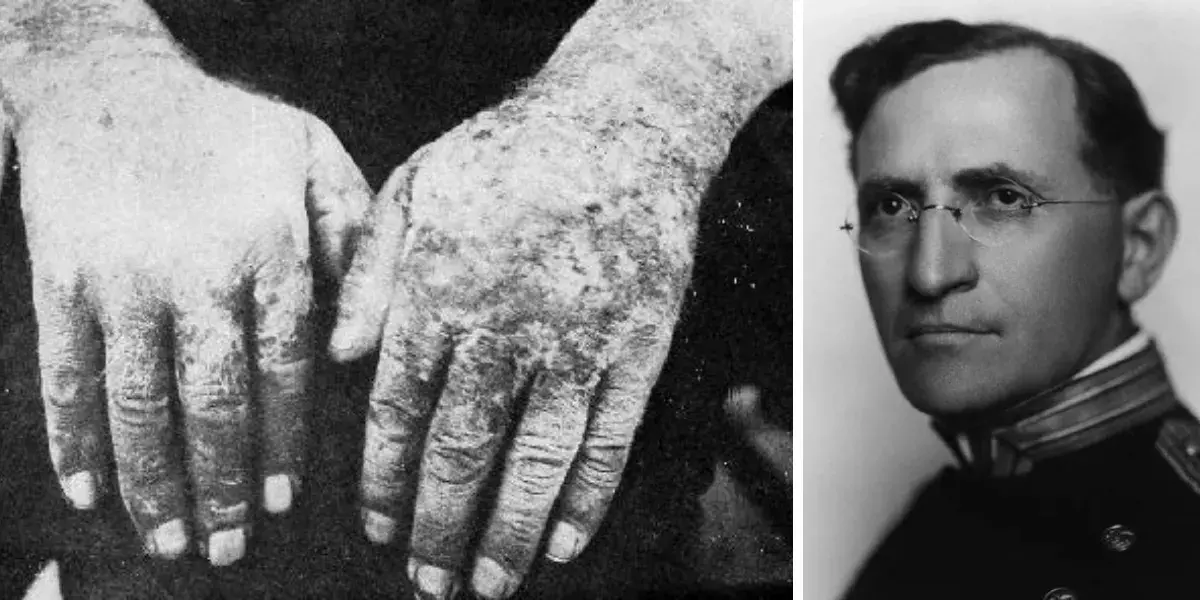
Pellagra and Spartanburg’s role in a cure
Editor’s note: This weekly series celebrating the 100th anniversary of Spartanburg Regional Healthcare System is excerpted from “Commitment To Our Community: 100 Years of Spartanburg Regional Healthcare System.”
Even before Spartanburg General Hospital was founded, Spartanburg physicians and community leaders made the well-being of local residents a priority. That’s why Spartanburg became the unlikely epicenter of the fight against a disease that ravaged the South in the early 20th century.
Pellagra was sometimes called the sickness of the four Ds: diarrhea, dermatitis, dementia and death. Starting with sore tongues and gastrointestinal disturbances, the disease progressed until patients displayed severe skin lesions and neurological symptoms. Many sufferers eventually died. In 1912, approximately 12,000 South Carolina pellagra patients died out of the 30,000 total cases reported.
Although there were incidences throughout the country, pellagra was particularly rampant among impoverished Southern sharecroppers and textile mill workers, leading many medical experts to conclude that it was an infectious disease caused by poor hygiene. Others believed it was hereditary.
Doctors in Spartanburg were deeply concerned about pellagra among their patients. In the early 1910s, Spartanburg County physicians Dr. H.R. Black, Dr. James L. Jefferies and Dr. William Smith urged the Thompson-McFadden Pellagra Commission, a private effort funded by two Pennsylvania philanthropists, to visit Spartanburg to study the problem.
By 1914, alarmed by the rising rates of pellagra, the U.S. Public Health Service created a hospital to research causes and treatments of the disease. As a result of lobbying by the Spartanburg Medical Association, county lawmakers and a group of cotton mill owners, the service located the new research facility in the heart of the pellagra belt: Spartanburg, South Carolina. The facility was housed in a building formerly occupied by the Good Samaritan Hospital.
The U.S. Public Health Service assigned its top epidemiologist to investigate the causes and treatments of the disease. Dr. Joseph Goldberger, a Hungarian Jewish immigrant, had built a reputation as a dogged medical investigator in his earlier work on yellow fever, typhus and diphtheria.
In a tour of Southern states, Goldberger began to notice something: People who had diets deficient in milk, eggs, fresh meat and green vegetables often developed pellagra, while those who enjoyed a balanced diet did not contract the disease. Sharecroppers and mill workers alike ate diets that consisted primarily of salt pork, grits, cornbread and molasses. In a series of field research conducted around the South and exacting metabolic studies conducted at the Spartanburg Pellagra Hospital, Goldberger developed evidence to support his theory, and his ideas won grudging acceptance.












